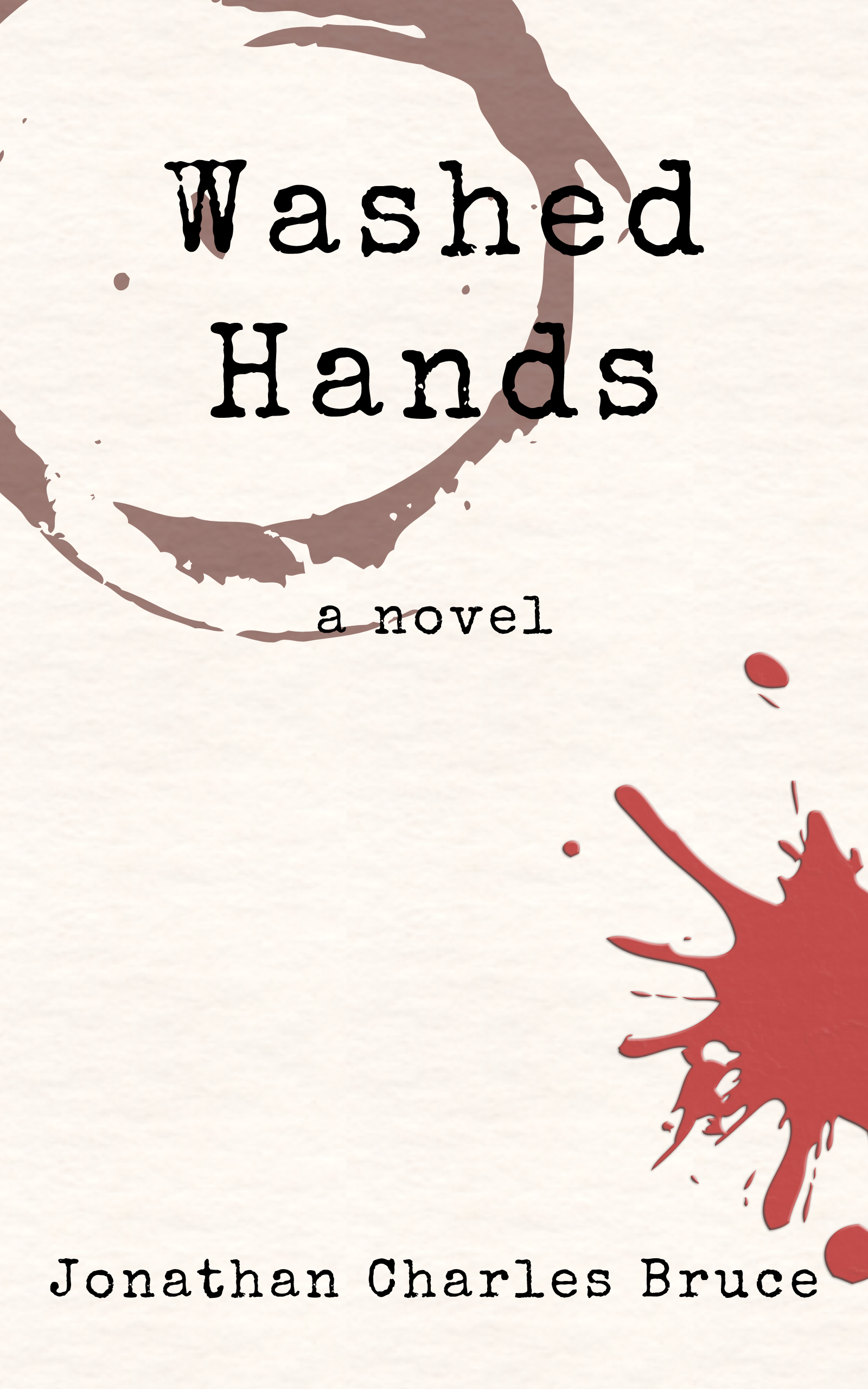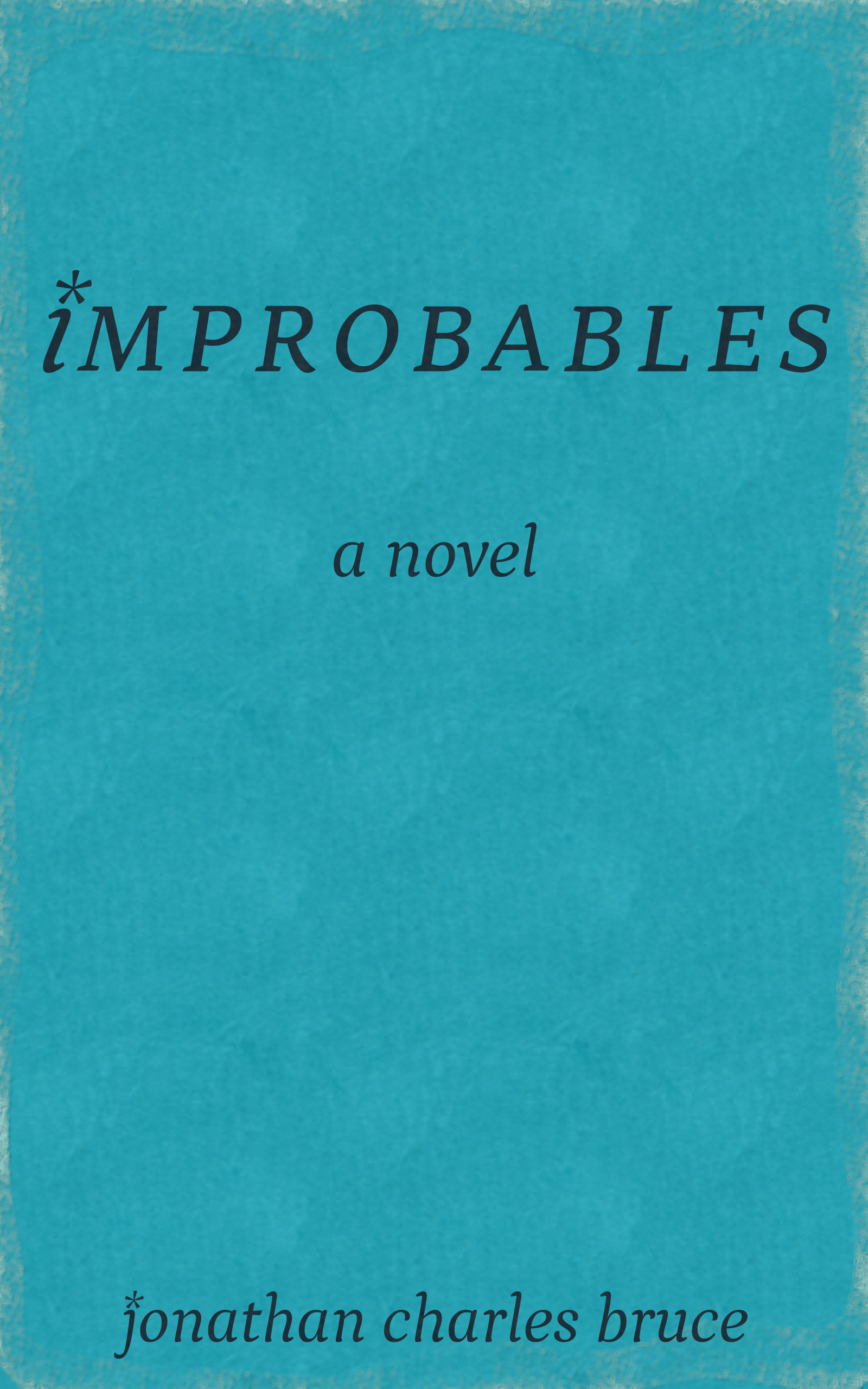Otherworld: Infinite Requiem Objectives
(Updated)
Hello, friends and people who search Twitter for the term “board game”! I am here with another Otherworld: Infinite Requiem update to let you know the fact that OMG THE OBJECTIVES HAVE CHANGED.
The Old System
Now, you could merely click here and read all about the original intent behind the objective system, but I know you’re probably not going to do that. So I shall sum it up! In the original draft of the game, the idea was that each player would have their own unique set of objectives to complete, each telling a story for that player to follow. The game would continue until all surviving characters complete their main objectives and their final challenge.
Looking back on it, it was perhaps a mistake to constrain my wordiness.
Several play sessions revealed a pretty consistent trend: a handful of players would be able to complete a lot of objectives, while others were usually stuck in neutral. In longer sessions, the board would eventually become flooded with both run-of-the-mill and boss monsters, leaving to those players still stuck early on in their quests to essentially abandon their own objectives to solely help others—perhaps an interesting result, but something that would inevitably lead to a more critical concern: playtime.
The game was lasting hours at a time and only really nearing an ending for one player. Even then, we had yet to tackle the finale for any of the playtesters, since we would have needed, easily, ten hours to complete the game as initially designed. In other words, there was a fundamental disconnect between the totality of the experience I had envisioned and the way it was playing out.
The First Revision
The first attempt to circumvent the problem was, perhaps, trying to brute force a solution in terms of game mechanics. The original turn tracker functioned in relatively endless cycle; that is to say, there would be ‘Daylight’ turns and occasional ‘Otherworld’ turns (wherein the rules would alter), and after several of these cycles it would go back to the first turn to begin again.
Without an overhaul of the rules, this seemed to be the best place for modifying the problems we were running into with the overall speed of the game. I implemented a system whereby all players had essentially eight turns to complete their objectives. At the end of the last turn, the objective would automatically complete, guaranteeing everyone advance in the story. The penalty for auto-completion would be corruption damage (basically a second health rating). It would also encourage players to finish tasks early; if all players finished, they get any remaining turns added onto the next cycle.

"Ah, yes, this should only take two or three hours," me, an overly optimistic and slightly delusional person.
Now that I’m writing it out, I should have anticipated the result: people did get farther, but we still did not reach the end of the game due to time being a finite resource. There was also the clear reality that this did nothing to address the second major concern: that some players would be caught behind and stay there. Now, though, instead of remaining at their second objective, they were racking up unhealable corruption damage.
Oops.
After consulting with the play testers, it became apparent that focusing on a single play session was much too ambitious. The number of monsters generated in the course of play became overwhelming, and systems meant to challenge players became unfair the longer a single session lasted; in other words, what was tough in round two was frustrating in round ten. At the same time, I did not want to sacrifice story if I could manage it.
And so the shift was made to turn the game into a multi-session campaign. Which necessitated a significant overhaul in what, exactly, would be going on.
The New Model
Here is a sample of the new card!

Ah, now the full extent of Sean's shittiness has been made manifest.
Outside of having more room to write material, there is an alteration to what players are expected to do. The only thing they have to do to be successful is complete the objective (highlighted in green); this will put them on the primary path through that character’s story arc. There is also now an optional objective (highlighted in yellow). If completed before the main objective, the player gets to draw a random “Adaptation”, an entirely new mechanic to encourage assisting others. An Adaptation is a new trait or skill unique to the character once drawn.


There are a total of 40 of these, and only two named after creepy crawlies.
Adaptations are a response to one of my play tester’s initial ideas to help streamline the game. The largest difference is that once a player has an Adaptation, they never lose it; the original request was focused on a temporary boost to help facilitate assisting others with objectives.
“But,” you may be saying to your computer, thinking that the magic box in front of you is actually me, “what about failures?”

If you think reading upside down is hard, try writing it that way! Though it is easier if you write it rightside up and then turn it around. I did not do that, because I'm a bit silly.
Those are accounted for! Between win states and lose states, there are at least 13 different episodes per character (one… may have more… it depends). There are so many because some failures will derail one narrative arc in favor of another; such differences need to be accounted for, so there is the “main” path (marked with a ζ), the “failure” path (marked with a φ), and the middle “alternate” path (not shown, but marked with a δ). You can see the failure state at the bottom of the card, written upside-down because you shouldn’t be reading stuff that didn’t happen, Gary.
Rather than do the endurance run of Otherworld: Infinite Requiem, the game will be broken up into episodes that will set up different aspects of the game environment. Things like initial monster spawns, ‘Search Tokens’ (freebie gear or an EVENT TO RUIN YOUR DAY), and the number/placement of Otherworld phases will all shift to tweak the challenge.

Episode Two will somehow manage to include a diatribe against sand.
Here is episode one, which is… well, it’s the game at its baseline. You start with the characters separated. The only aberrations to populate the board are the ones that spawn in at the start of the game. Each neighborhood gets an eight-sided die roll’s worth of Search Tokens, and there are only two Otherworld Phases, spaced far enough apart to get players used to how the game world itself changes. Further, the gear deck isn’t reduced, meaning that this is the episode with the widest pool of available equipment.
It all goes downhill from here, in other words.
But just playing through an episode isn’t enough. Once time runs out or all players have completed their objectives, a Team Objective is drawn from a pool of between four and eight random potential end games.

Spoiler: They're building a rocket.
This is an example of the ‘Supply Run’ team objective, wherein you have to fetch some stuff for survivors in order to have a safe haven to whether out the abyssal night. This is from a mid-tier team event, which can be drawn at the conclusion of episode three or four. Earlier team events will be easier, and episode four team events are intended to be tackled by teams that are well provisioned or clever enough to circumvent a lack of supplies.
Succeeding a team objective will allow players to stick together when the next episode starts and may confer additional bonuses (like sweet loot!). Failure results in the players being scattered on the start of the next episode. Since each episode starts with more initial monster spawns and fewer supplies, the team events become vital ensuring continued survival.
Additionally, some team events aren’t totally pass/fail. In other words, some people are able to ‘win’ a team event while others ‘lose’. As the game presses on and more characters succumb to the corrupting influence of the Otherworld, they may begin sabotaging team events for other players.
Happy hunting!
< PREVIOUS ENTRY • NEXT ENTRY >
Advice • Fiction • Gaming • General Musings • Reviews






